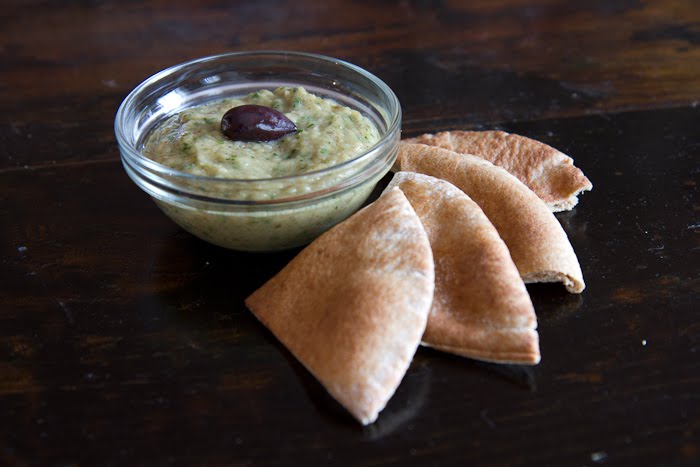I sampled my first tagine years ago in Paris at a dimly lit Moroccan restaurant called Le Souk. Seated on pillows around low-lying tables, we dished fragrant stews from cone-shaped earthenware dishes (also called tagines) onto mounds of fluffy couscous. The seductive blend of spices (cinnamon, ginger, nutmeg, cumin, cardamom) and the unique blend of flavors (duck with fig, lamb with almonds and apricot, chicken with preserved lemon and green olives) were a revelation to my Westernized palate. I immediately wanted to recreate these sensual stews at home, and thus began a series of trial tagines and subsequently festive dinner parties.
I've since learned a few things about tagine-making and it turns out they might just be the perfect dinner party food. Why? One, they actually taste better a day or two after you make them, so you can make the whole thing in advance. Two, they feed a crowd–the recipe below easily feeds six (with leftovers) and doubled feeds 12. Three, they're cheap to make–one recipe costs about $20. As a rule, tagines combine cheaper cuts of meat (such as lamb shoulder or chicken thighs) with spices, nuts, and dried fruits, slowly cooking the mixture until the meat becomes fork-tender and a rich, aromatic sauce develops. Bright herb garnishes like fresh mint and cilantro add a dash of color and awaken the palate.
Should you choose to serve tagine for a dinner party–or an impromptu Halloween gathering–here's your game plan: Just before guests arrive, reheat your tagine over medium heat, make some couscous (5 minutes) and toss together a simple arugula salad with some thinly sliced red onion, oranges, and feta (10 minutes) in a citrus vinaigrette. Light a bunch of votive candles, pour some wine, and voila–simple entertaining at its best!
LAMB TAGINE WITH APRICOTS, FIGS, AND CHICKPEAS
Serves 62 tablespoons olive oil
1 1/2 pounds lamb shoulder (or lamb stew meat), cut into 1 1/2-inch chunks
Salt and pepper to taste
1 onion, chopped
1 large carrot, chopped
1 rib celery, chopped
2 teaspoons ground cumin
1 teaspoon ground cinnamon
1/2 teaspoon ground ginger
1/2 teaspoon ground nutmeg
1/2 teaspoon ground cloves
1/2 teaspoon ground allspice
1 14.5-ounce can diced tomatoes
2 to 3 cups chicken stock
1 15.5-ounce can chickpeas, drained
1 cup dried apricots
1 cup dried figs, halved
1/2 cup chopped fresh mint
Heat the oil in a heavy-bottomed Dutch oven over medium-high heat. Season the lamb with salt and pepper and add to the Dutch oven. Brown the lamb on all sides, about 5 minutes. Remove the lamb to a bowl; add the onion, carrot, celery and spices. Sauté the mixture until softened, about 5 to 7 minutes.
Add the tomatoes (and their juices) and 2 cups of chicken stock and bring to a boil. Reduce the heat and add the lamb back into the Dutch oven. Season with salt. Simmer the mixture for an hour, stirring occasionally, adding a bit more stock if the mixture becomes too dry.
Add the chickpeas, apricots, and figs and continue simmering for another hour, stirring occasionally, until the meat is fork-tender. Add additional stock as needed--you want plenty of the fragrant sauce! Taste the mixture and season with salt and a little pepper. Stir in the chopped mint before serving and garnish with additional mint if desired.
If serving the next day, let cool on the stovetop, then place in a tightly-sealed container and refrigerate until serving. Reheat gently in the Dutch oven over medium heat, adding water as needed and garnish with fresh mint.
Serve with couscous and a tossed salad, or steamed green beans with lemon and olive oil.





























If you don't have a Google login, please select Name/URL from the "Comment as" list below